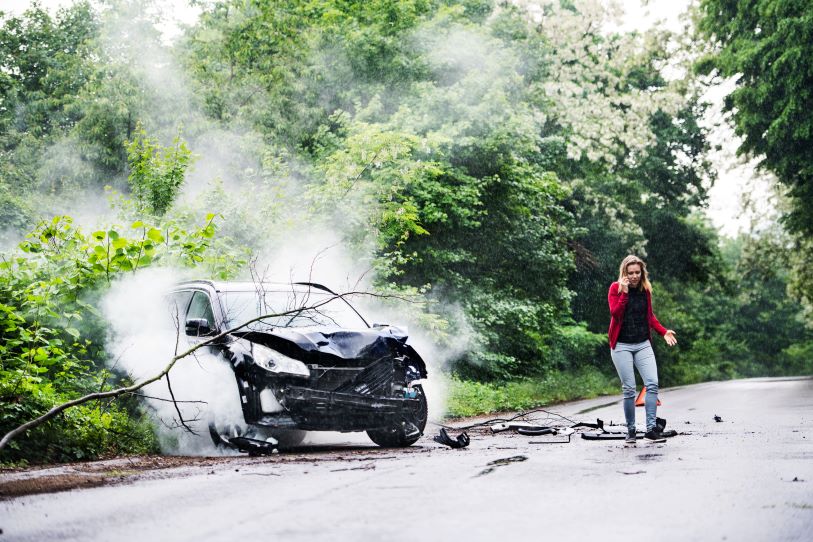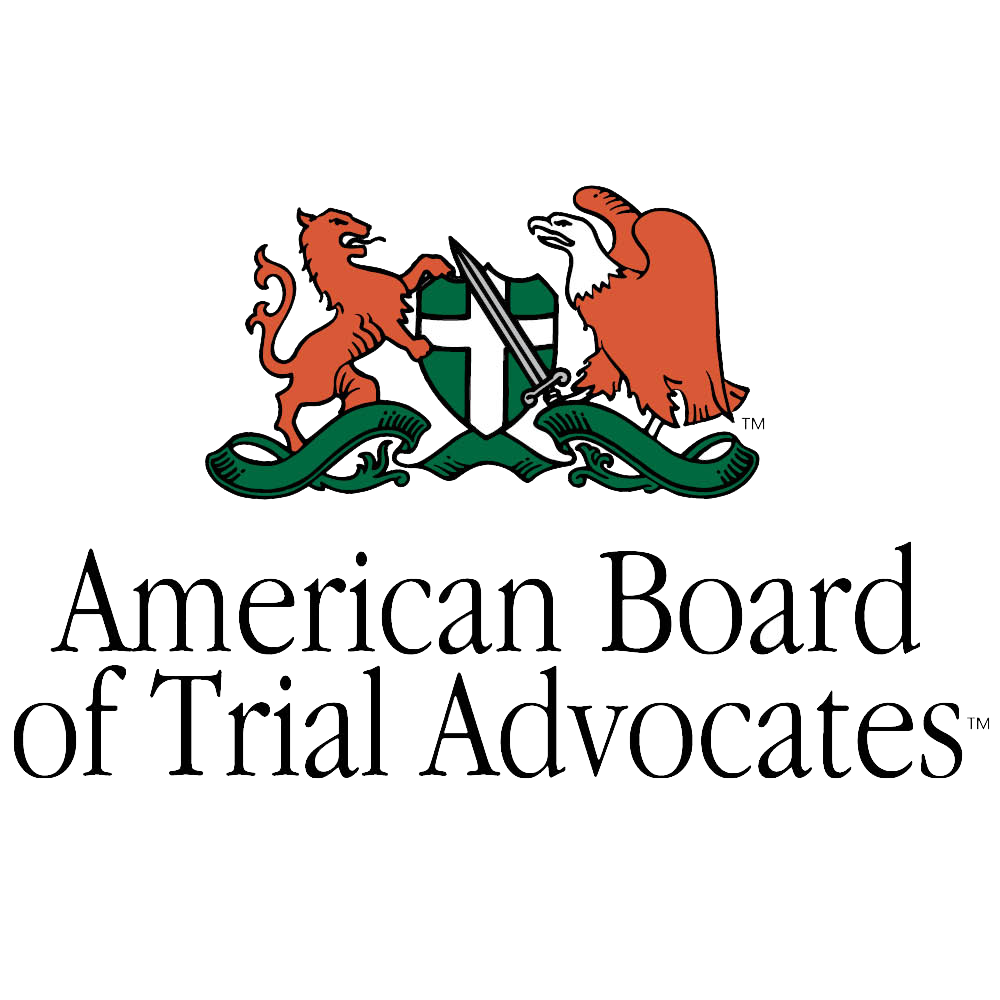
Rear-ended at the light? Sideswiped while trying to merge? Unfortunately, these aren’t just minor annoyances. The type of car accident you’re in plays a huge role in the aftermath – your injuries, your bills, and even your emotional recovery. Let’s look at the not-so-fun varieties of car accidents and why knowing the difference matters.
Types of Car Accidents
Rear-End Collisions
The classic and sadly, very common “fender bender.” A rear-end collision occurs when one vehicle crashes into the vehicle in front of it. According to the National Highway Traffic Safety Administration (NHTSA), rear-end collisions are by far the most common type of crashes in the U.S. accounting for approximately 29% of all crashes.
-
Cause: Distracted driving, tailgating, sudden braking
-
Most common injuries:
-
Whiplash: The sudden forward-backward motion strains neck muscles and ligaments. Symptoms include pain, stiffness, headaches, dizziness.
-
Back Injuries: Spinal compression or disc herniation can occur, causing pain, numbness, or tingling down the legs.
-
Head injuries: Usually less severe than head-on collisions, but concussion and facial injuries can occur if the head strikes the steering wheel or airbag.
-
T-Bone (Side-Impact) Collisions
This type of collision happens at intersections when one car strikes the side of another, forming a “T” shape. The second-most frequent type of accident, the NHTSA reports that side-impact collisions make up roughly 23% of all total accidents.
-
Cause: Running stop signs or red lights, or misjudging turns.
-
Most common injuries:
-
Thoracic and Abdominal injuries: The lack of crumble zones on the side makes ribs, internal organs, and the pelvis more vulnerable to fractures and internal bleeding.
-
Head and Neck injuries: The impact can cause the head to strike the window or door frame, resulting in concussions, skull fractures, or neck injuries.
-
Arm and Leg injuries: Fractured bones in the limbs are common on the side of the impact.
-
Head-On Collisions
Head-on collisions are among the most dangerous types of car accidents, involving two vehicles colliding front-to-front. While they make up a lower percentage of total crashes, – about 2%, according to NHTSA data – they account for over 10% of all car crash fatalities.
-
Cause: Entering a wrong-way lane, swerving to avoid obstacles, driving under the influence.
-
Most common injuries:
-
Traumatic Brain injuries (TBI): Violent head impact can lead to severe concussions, brain bleeds, and permanent cognitive damage.
-
Spinal Cord injuries: The extreme force can lead to fractures, dislocations or even complete severing of the spinal cord, causing paralysis.
-
Chest injuries: Crushed ribs, punctured lungs, and heart damage are common as the chest strikes the steering wheel or dashboard.
-
Leg injuries: Knee and lower leg injuries occur when legs strike the underside of the dashboard.
-
Single-Vehicle/Rollover Accidents
These involve just ONE vehicle, and includes collisions with trees or other fixed objects, or veering off-road. According to the NHTSA, this type of accident accounts for between 25-30% of the total number of accidents in the U.S., and about 50% of all vehicle crash fatalities.
-
Cause: Driver Error (distracted driving, drowsy driving, DUI, speeding/reckless driving), Roadway conditions, Avoiding animals, Mechanical failures.
-
Most Common injuries:
-
Crushing injuries: The weight of the vehicle can cause extensive crushing damage to limbs/torso.
-
-
Ejection: If unbelted, occupants can be thrown from the vehicle, leading to severe impacts.
-
Head and Spinal injuries: The chaotic “flailing” motion can lead to significant head and spinal trauma in some cases.
Other Types of Car Accidents
-
Sideswipe Accidents: Here, two vehicles traveling in the same direction make side-to-side contact. These are frequent during improper lane changes or when drivers drift out of their lane, Damage tends to be more cosmetic, but sever sideswipes can cause rollovers or loss of control.
-
Multi-Car Accidents: Also called “pile-ups,” these involve three or more vehicles. They are often the result of chain reactions, starting with a single collision on a busy highway. Low visibility due to weather or traffic congestion greatly increases the risk of multi-car accidents.
Why call GOLDLAW if you’ve been involved in a Car Accident?
Understanding the various types of car accidents can help you better comprehend the risks associated with driving and hat steps to take should you be involved in one. Whether it’s a severe head-on collision or a minor fender-bender, knowing the nuances of each scenario can significantly influence the handling of your case and the pursuit of any potential compensation.
Accidents not only bring physical and emotional trauma, but also complex legal implications, which can be overwhelming to navigate alone. That’s where the expertise of a GOLDLAW car accident lawyer becomes invaluable. If you or a loved one has been involved in a car accident, it’s crucial to seek professional legal counsel to protect your rights and ensure you receive the compensation you deserve.
Don’t wait until it’s too late. Contact the experienced team at GOLDLAW to schedule a FREE consultation by “Choosing the 2’s,” and calling (561) 222-2222, or by telling us about your case online.



